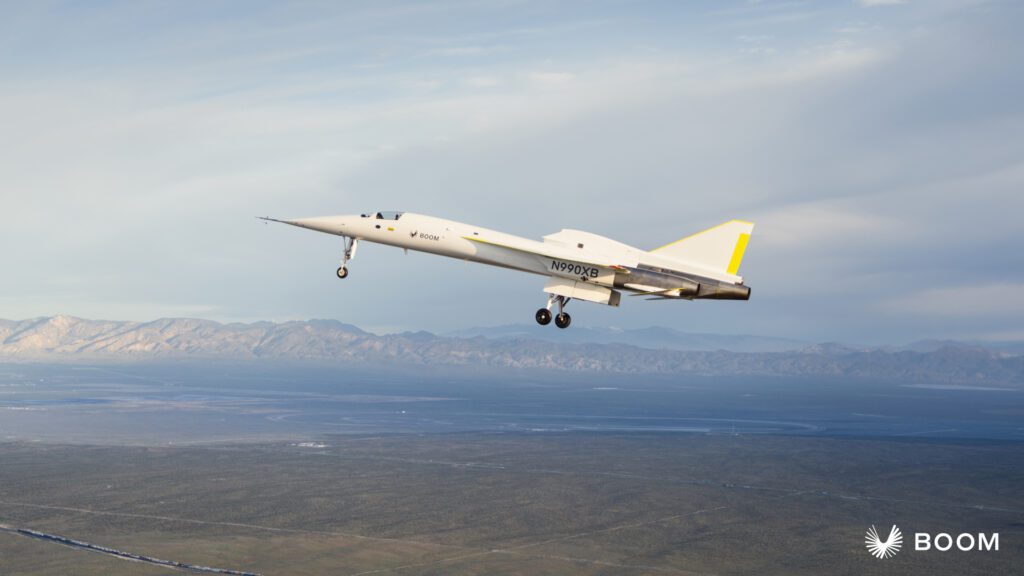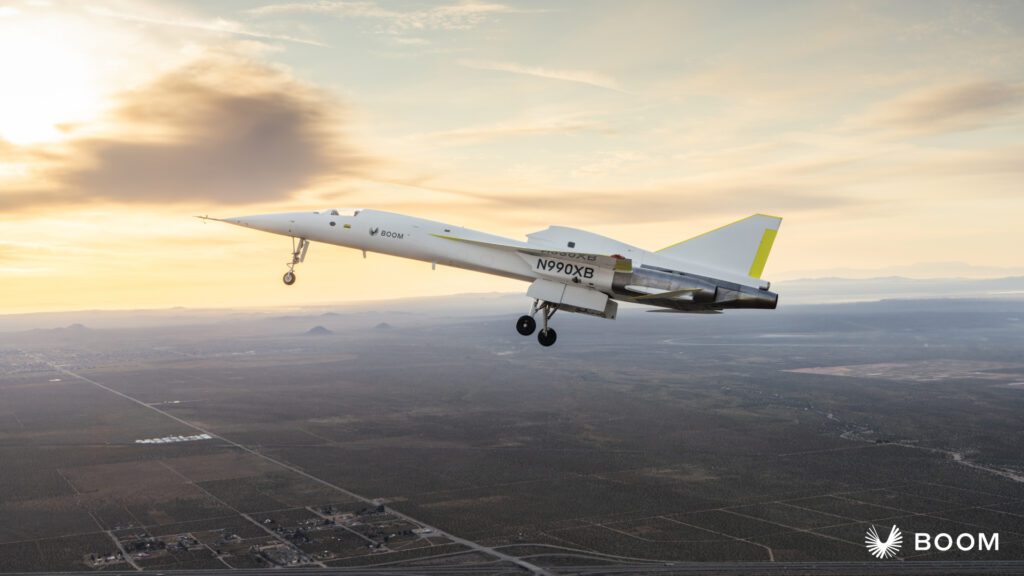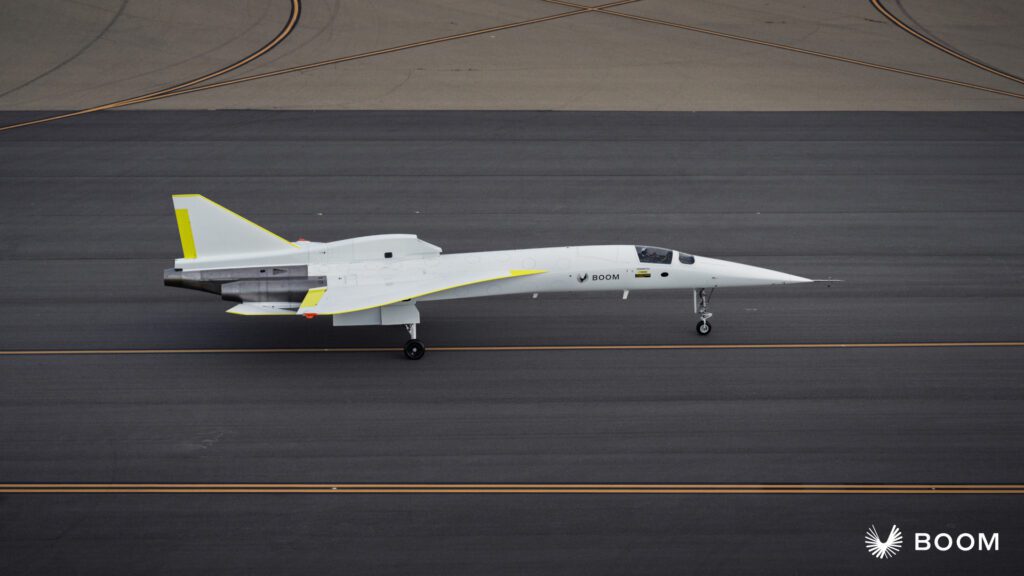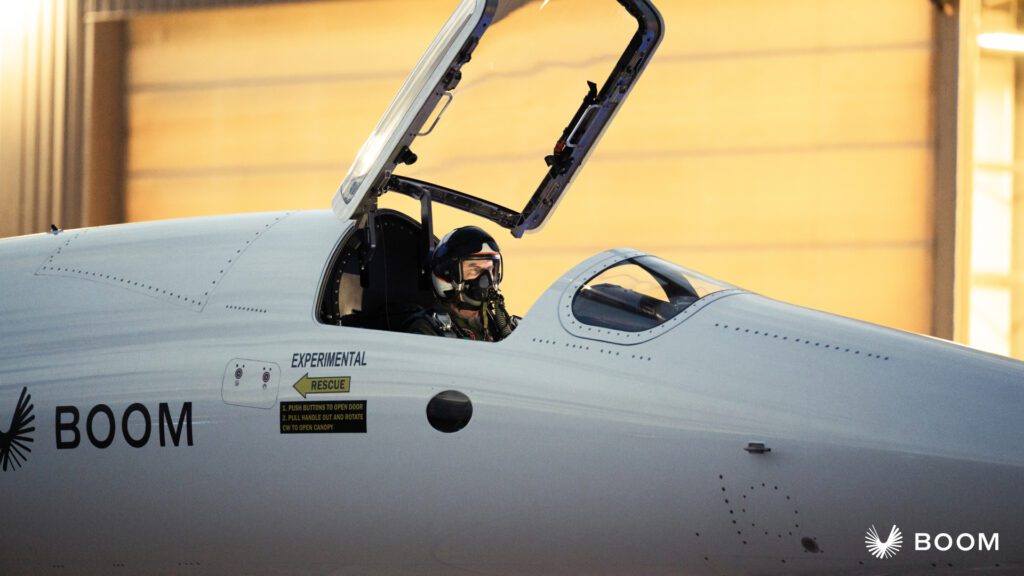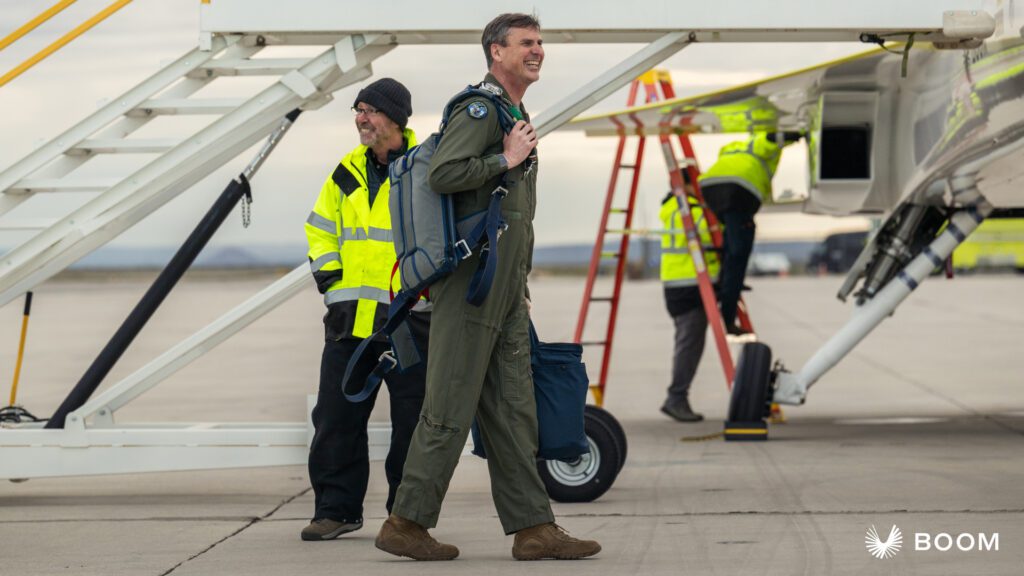aerospace
Breaking Barriers: XB-1 Demonstrator Soars into the Future of Supersonic Travel
XB-1’s first flight paves the way for supersonic travel, marking a milestone in aviation history. #Boom #XB1 #SupersonicFlight
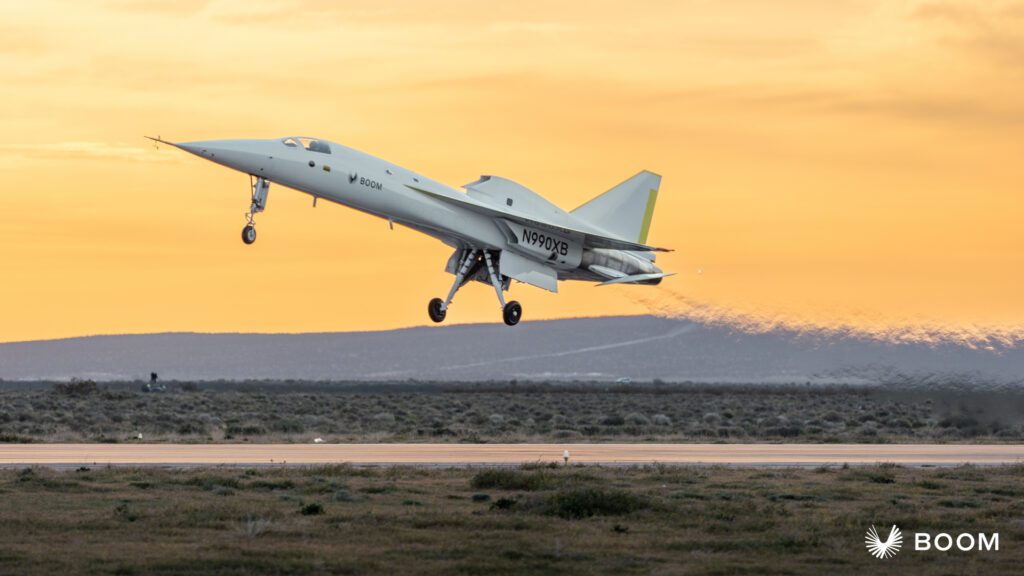
Image Credit: Boom Supersonic
The aviation industry is on the brink of a revolution with the recent successful inaugural flight of Boom’s supersonic demonstrator aircraft, XB-1. This groundbreaking achievement brings us one step closer to the return of supersonic travel. Designed as a technology demonstrator, XB-1 aims to pave the way for the development of Overture, Boom’s commercial supersonic plane. With extensive ground testing and meticulous flight testing, the maiden flight of an aircraft is a crucial milestone that encompasses various elements. Let’s delve into the intriguing world of what happens during an aircraft’s first flight.
The Importance of Ground Testing and Taxi Tests
Before an aircraft takes to the skies, rigorous ground testing is conducted to ensure safety and operational requirements are met. These tests encompass a series of checks, including engine runs and comprehensive evaluations of each onboard system. Moreover, taxi tests are crucial in assessing the aircraft’s performance, handling, and maneuverability on the ground. By gradually increasing speeds, the team can gather valuable data that aids in a safe takeoff, landing, and efficient ground operations. These tests provide important insights into the overall functionality and readiness of the aircraft for flight testing.
The Maiden Flight: A Leap into the Unknown
The maiden flight of an aircraft is a momentous occasion that often varies in terms of speed, altitude, and duration. Throughout history, we have witnessed significant milestones, from the historic Wright Brothers’ 12-second flight to the remarkable achievements of modern-day aviation. During a maiden flight, safety and risk mitigation are paramount. The flight envelope, which outlines the operational limits of the aircraft, expands gradually over a series of test flights as performance data is analyzed.
In the case of XB-1’s inaugural flight, Chief Test Pilot Bill “Doc” Shoemaker assumed control, while Test Pilot Tristan “Geppetto” Brandenburg monitored the aircraft from a T-38 chase plane. Climbing to a maximum altitude of 7,120 feet and a speed of 238 knots (273 mph) during the 12-minute flight, XB-1 successfully met all test objectives. The ground team, led by Vice President of XB-1 Jeff Mabry, played a crucial role in monitoring and analyzing the flight’s various aspects.
Evaluating Performance and Assessing Safety
During a maiden flight, meticulous observations are made to analyze the aircraft’s handling qualities, airspeed, and stability. An augmented reality vision system equips the pilot with improved runway visibility and enhanced aerodynamic efficiency, without compromising weight and complexity. This innovative system assists the pilot during critical phases such as landing, providing real-time data on attitude and flight path indications.
Safety measures during the maiden flight often include keeping the landing gear down. This ensures that the primary focus remains on evaluating other aspects of the aircraft’s performance during takeoff and landing. Should an emergency landing be necessary, testing the landing gear in subsequent flights allows for additional verification and validation.
XB-1’s successful first flight demonstrated the effectiveness of the team’s coordinated efforts. The pilots flew while ground engineers observed from the control room, providing insights into the various systems they had designed and tested for the past two years. The collaboration between the pilot, augmented reality vision system, and Landing Signal Officer (LSO) ensured a safe landing by optimizing the aircraft’s final approach and flight path.
The Path to the Future: Overture and the Return of Supersonic Travel
The inaugural flight of XB-1 represents a significant step towards the return of supersonic travel. As a technology demonstrator, XB-1 has laid the foundations for the design and development of Overture, Boom’s commercial supersonic plane. Overture, capable of carrying 64-80 passengers at Mach 1.7, aims to revolutionize air travel by reducing the time taken for long-haul journeys. Moreover, sustainability is a fundamental aspect of Overture’s design, with the aim of utilizing up to 100% sustainable aviation fuel (SAF)
The maiden flight of an aircraft like XB-1 marks a defining moment in the development of supersonic aviation technology. Meticulous ground testing, followed by a successful first flight, brings us closer to the realization of supersonic travel. XB-1’s flight serves as a testament to the dedication, expertise, and collaborative efforts of the team involved. With Overture on the horizon, the return of supersonic travel is becoming an exciting reality. The aviation industry is poised to break more barriers in the pursuit of safer, faster, and more sustainable air travel.
https://boomsupersonic.com/flyby/inaugural-first-flight-xb1-supersonic-demonstrator
